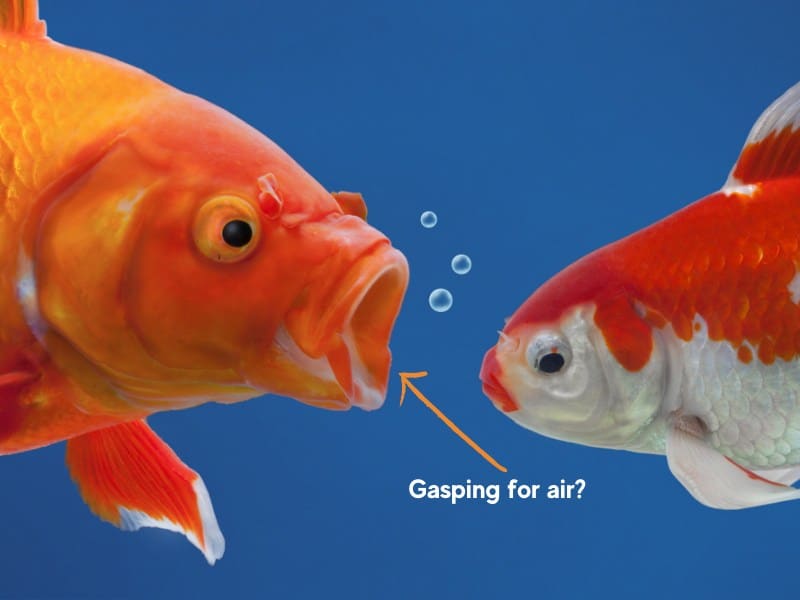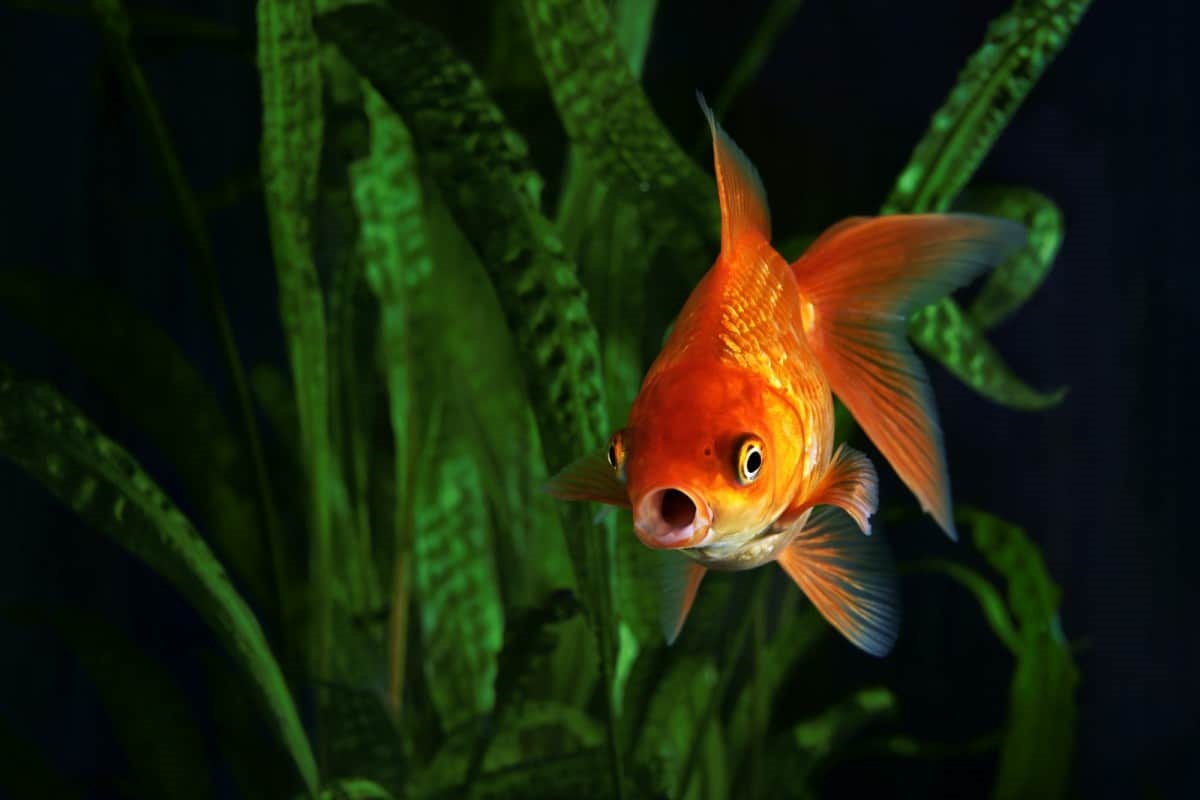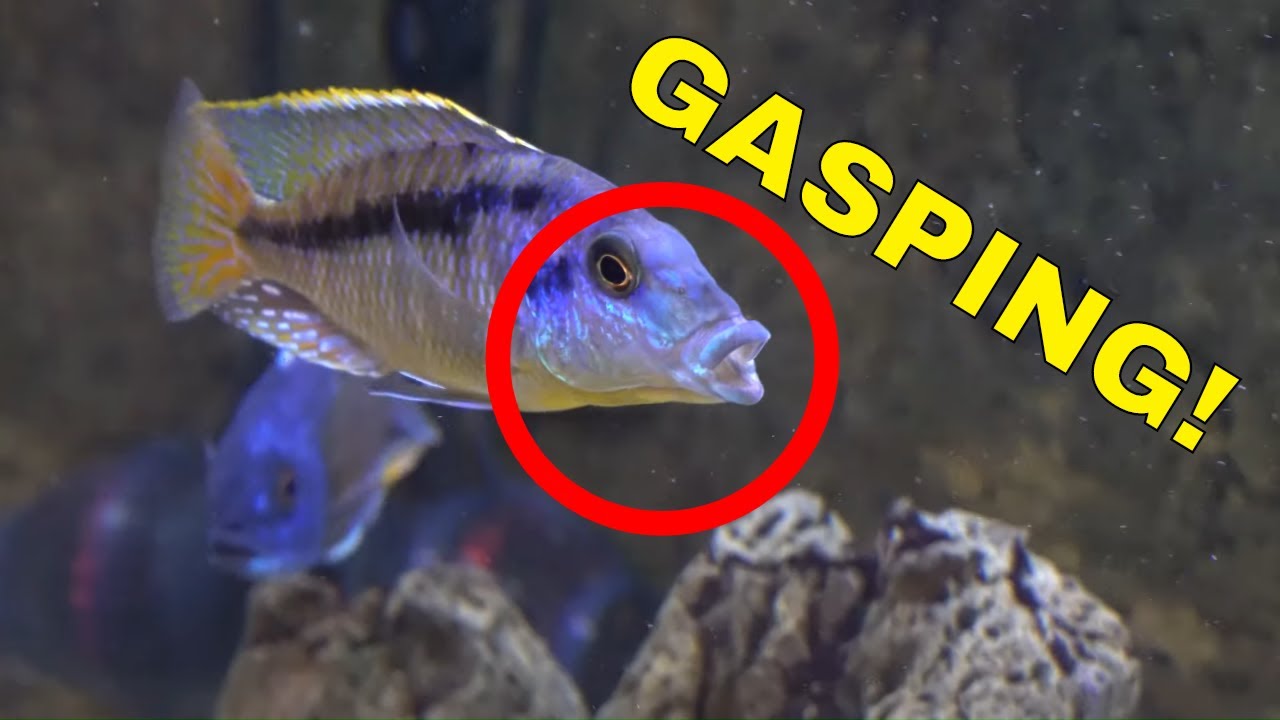- Your cart is empty
- Continue Shopping
Can You Add Too Much Good Bacteria to a Fish Tank?

Can You Add Too Much Beneficial Bacteria to a Fish Tank?
When you review aquarium maintenance guides, you’ll notice most of them recommend bottled bacteria as one of the most essential fish tank supplies and adding small doses of the bacteria each time a water change is performed. Other guides don’t include this recommendation at all. Instead, they suggest adding a few drops of enhanced water conditioner, which is incorrect. Some fish keepers will tell you there’s no need to add more bacteria to a freshwater or reef tank as long as you’re doing everything to keep ammonia levels as close to zero as possible, and this is also fake news.
Not-so-new research confirms the necessity of healthy bacteria and the benefits of adding it to the system every now and then to re-establish the healthy strains. At the same time, adding too much bacteria isn’t really an issue because a balanced ecosystem will enact some level of bacterial regulation.
Bacterial Bloom as a Sign of Too Much Nitrobacter
When you establish a tank prior to introducing the first few hearty fish or invertebrates, you’ll notice a period of cloudy water that might last two or three days. This is known as bacterial bloom, and it’s not only expected but also desired. Whether you established the tank naturally with plants and liquid bacteria or by means of bottled bacteria only, the Nitrobacter colonies will need a period of adjustment during which the species will feed and generate waste. After this period, the colonies will settle on their favorite spots, which are invariably the biological filter media, and this is why the cloudiness goes away.
Subsequent Bacterial Bloom
As you continue stocking the tank with more species, you may notice additional periods of cloudiness, which will once again clear up even faster than the first time. You might observe a similar situation when adding a few drops of bottled bacteria when changing the water, and this denotes a temporary overpopulation of Nitrobacter microorganisms, but the water will clear up even faster than when you completed the nitrogen cycle the first time around.
Excessive Aquarium Bioload Issues
The bioload of a tank is the sum of all fish waste. This includes uneaten food, secretions, and excrement. As fish waste breaks down and dissolves, Nitrobacter consumes the harmful nitrites and nitrates, thus preventing ammonia levels from rising. In a pond or tank that’s overstocked, the bacterial colonies won’t be able to handle the higher bioload, and this cannot be corrected by adding more bottled bacteria.
 Bacteria and Water Oxygenation Levels
Bacteria and Water Oxygenation Levels
Similar to just about all living organisms, Nitrobacter will consume oxygen to survive. While it’s common to think larger bacterial colonies will take up more oxygen from the water, this isn’t a situation to be concerned with because the ecosystem will self-regulate. To be on the safe side of biochemical oxygenation, all tanks can benefit from having a few aquatic plants and air bubbles. Even planted aquariums with CO2 can benefit from air bubbles being pumped into the aquarium at night when the CO2 is off.
Can you put too much bacteria?
In an overall healthy pond environment, it would be difficult to add so much bacteria that it’s actually harmful to your fish. It is possible, however, to create a situation where the bacterial load is so high that it consumes all the available nutrients or depletes the oxygen to the point where most of the bacteria die. Potentially, this will leave you with an inadequate bacterial population, and if you try to compensate by overdosing with bacteria again, you could find yourself in an expensive and stressful cycle.
Beneficial bacteria is quite prepared to take up residence in your fish tank, given time. Brand new ponds and aquariums can generally develop their own bacteria colonies in just a few weeks, just by sitting around fishless, with a few plants. If you’re eager to hurry up and populate your pond (who isn’t?) then you can give it a running start by adding a dose of bacteria from your pond supplier. There’s really no need to add more than the recommended amount, since bacteria can multiply quite rapidly in good conditions. You might supply some extra aeration to ensure that there’s no shortage of oxygen while they’re getting established, and the colony will naturally establish its own equilibrium without interference from you. Of course, if there’s a crisis such as low water levels that leave your biological filter dry, that will kill most of your bacteria and you’ll likely need to take extra precautions with water quality while it builds up again. If your pond is polluted with chemicals like chlorine or ammonia (perhaps in a misguided effort to clean your pond of algae), you may be facing bigger problems than just the extermination of your bacteria colony.
What is hyperventilation in fish?
Hyperventilation in fish is basically rapid breathing that occurs when fish is exposed to elevated carbon dioxide levels in the aquarium. It is characterized by visibly fast-breathing. When the water has a high level of CO2, the oxygen supply is lowered and the fish builds up carbon oxide in the body.
The carbon dioxide build-up increases metabolism and lowers the activity of fish in your aquarium. Hyperventilated fish are characterized by slow growth, sluggish movement, and poor reproduction.
Temporary Boost in the Nitrification Process Can Cause Spikes in Nitrite
So the cycling process for new aquariums involves getting colonies of bacteria to break ammonia to nitrite and then nitrite to nitrate. These bacteria are surprisingly slow at reproducing. Adding bacterial colonies to shorten this process can be achieved by adding an established filter, such as a box filter, sponge filter or hob with used filter cartridges. You only need enough for the bioload of the tank. Adding more is a waste. If there isn’t enough food, ammonia or nitrite, for the bacteria, it dies. If there is enough food and the bacteria cause a spike in nitrite toxin temporarily.
In addition, the bacteria in a bottle has other ingredients to support the bacteria, dead cells, and media. Adding extra pollutes your tank.
If you use the bottle of bacteria, go slow, don’t assume the bacteria are alive.
Insufficient amount of oxygen in the tank
Insufficient oxygen concentration in the water is one of the common reasons why fish might be breathing faster than usual. Like all aquatic animals, guppies and goldfish need significant oxygen to survive.
Guppies are primarily active at the center of a fish tank. On the other hand, goldfish move in all parts of the tank. If your fish are settling at the top or bottom of the tank most of the time and breathing faster, it might be due to a lack of enough oxygen in the water.
If oxygen is in short supply, the fish can also lay around, eat less, and play less.
Presence of ammonia inside the water
Ammonia is a dangerous compound that occurs from accumulated leftovers in the aquarium. It also occurs due to the decomposition of organic matter and fish droppings. When ammonia is formed inside the fish tank, it damages the gills of your fish including goldfish and guppies, resulting in rapid breathing.
The gills struggle to absorb oxygen from the ammonia solution. Your guppies and goldfish will breathe fast to maximize oxygen inside their respiratory system.
The most common causes of ammonia inside the aquarium are leftovers from previous fish feeding, using tap water in your aquarium, and putting the wrong type of plant inside the fish tank.
A goldfish affected by ammonia will have a lilac or red gill and tends to lose appetite.

